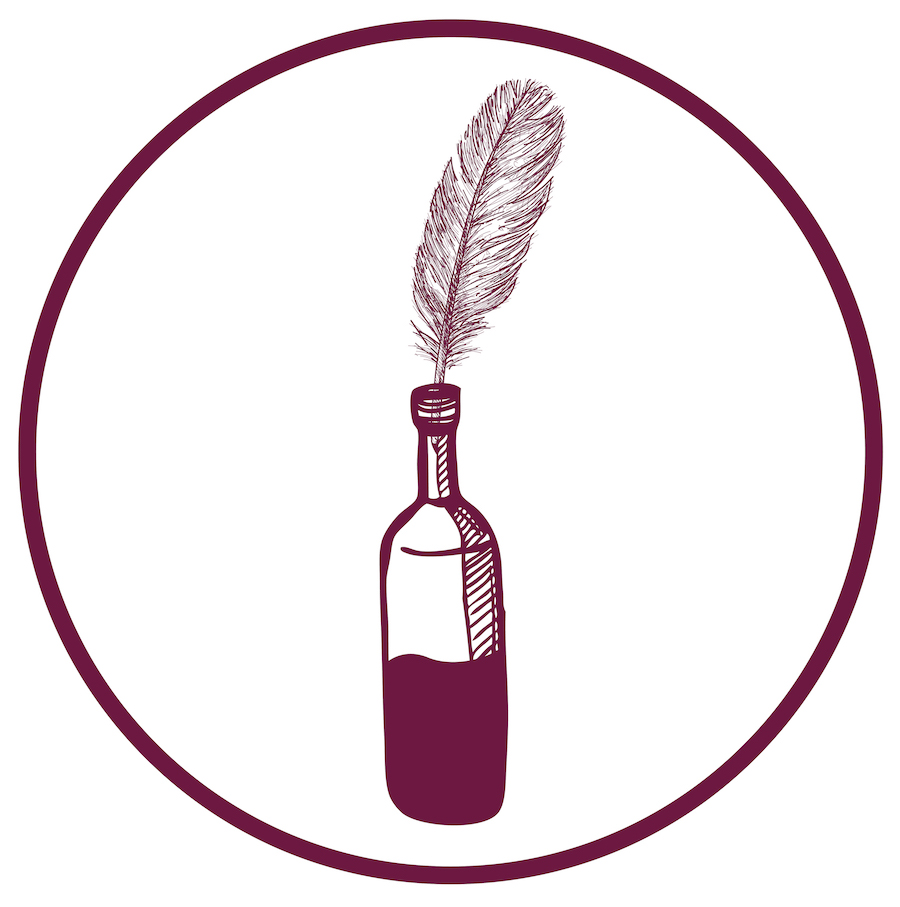Updated November 2022
Wine tasting guide to Eola-Amity Hills in the Willamette Valley
As mentioned in our Ultimate Guide to Willamette Valley, the most famous winegrowing region in Oregon is massive and broken up into sub AVA’s. The furthest southern sub-region is called Eola-Amity Hills.
Located roughly 45 minutes south of Portland by car, Eola-Amity Hills has a temperate climate of warm summers and mild winters. The neighboring Van Duzer Corridor (one of the newest AVA’s) drops temperatures majorly at night, ensuring consistently high acid in the grapes.
Soils are mainly volcanic basalt and marine sedimentary rocks; well drained and shallow top soil result in some fantastic fruit that has excellent concentration.
Where to taste
Cristom Vineyards
Steve Doerner was the first winemaker at Calera Wine Company, a pioneer in the California Pinot landscape, before leaving for Cristom in 1992. At Cristom, Steve preaches a similar philosophy of minimal interventionist practices and the results are tantalizing.
At 15.5k cases per year, this winery is considered mid-size production to upper-mid relative to the vast amount of boutique producers in Willamette. However, the juice doesn’t suffer any setbacks from slightly larger production.
The 2018 Eola-Amity Chardonnay is one of the best we’ve tried from Oregon. Slight notes of oak and butter on the nose but is crisp and light on the palette. The 2017 Canary Hill Old Vine Pinot Noir has a beautiful nose, very elegant and an absolute steal at $45/bottle. The 2017 Eileen Vineyard Pinot Noir is another favorite, demonstrating elegance in the aroma and body.
The outdoor tasting room is newly built for COVID-19 precautions and is paired with a friendly and knowledgable staff.
Lingua Franca

As of 2022, Lingua Franca has been acquired by Constellation Brands. While employees claim this will not affect the winemaking practices and team’s efforts, we often find that quality tends to dip in favor of profits post-acquisition. Only time will tell; for now, get in here and try the pre-acquisition juice.
Master Sommelier Larry Stone purchased the vineyard in 2013, and puts their young vines on display with the tasting flight. Normally, old vines give much more complex notes to the fruit and wine, so it says a lot about the farming and winemaking practices when those enticing aromas are present in 4-5 year old vines.
The vineyard itself is certified organic, dry farmed and no till. Lingua Franca produced 10k cases in 2019, but due to poor fruit set and decremented demand in 2020, they are estimating only 5500 cases in the current vintage.
While the Chardonnays are not our style (more butter and oak-influenced), we still appreciate the balance and structure. The real gems here are the single vineyard Pinot Noirs.
The “La Bete” (The Beast en français) 2017 Pinot Noir is our top pick; not only for this label but one of the best in the valley. Striking dark red cherry nose with mushroom undertones and voluptuous, balanced and well-structured body. This gem of a bottle originated with a Calera clone which has notoriously low-yielding fruit at only .6 tons/acre.
The outdoor tasting room is right outside the production facility and the staff is very involved with the vineyard management and cellar production, which is great for answering all the nerdy questions we have.
Johan Vineyards
We always appreciate a winery that’s trying new things and going against the grain. While Johan is technically outside the Eola-Amity Hills AVA, they are nextdoor in the newest Willamette Sub AVA — the Van Duzer Corridor.
Due to the cold evenings the Corridor brings, Johan grows some cooler climate varietals like Grüner Veltiner. The Veltliner juice is used to make a still and Pet-Nat (in addition to two other Pet-Nats).
At only 5500 cases/yr production and 76 acres of estate fruit, Johan is selling a lot of their own grapes, while producing 16 varietals in total. The vineyard is organic and BioDynamic certified and all wines undergo native fermentation. Don’t expect any clean, proper wines here; this spot is for the fan of the funky and austere.
The outdoor tasting area is low-key and holds a few picnic benches. The owner is very humble and friendly, pouring our tastings and chatting it up for a good portion of the visit.
Another producer who’s shaking up the status norm is Toca Madera – check out the post here.
Bonuses in Eola-Amity Hills
Varnum Vinters
While we are not usually fans of the “porch pounder” style, easy drinking wine, we love this mom and pop producer and recommend stopping by if time permits. Taralyn and Cyler Varnum started their small production shop in a custom-crush facility and recently purchased a five acre property.
The operation is very small at only 1500 cases and are doing very well in the niche distribution market for breweries that want to differentiate their menus. If you visit, you’ll be tasting in the winemaker’s backyard which is a much different experience than the sterile vibes of large production facility (no names mentioned, but you know the spots).
As a bonus, ask Varnum about their private lessons on sabering sparkling wine.







